13,000-Year-Old Art: The Timeless Beauty of the “Swimming Reindeer”
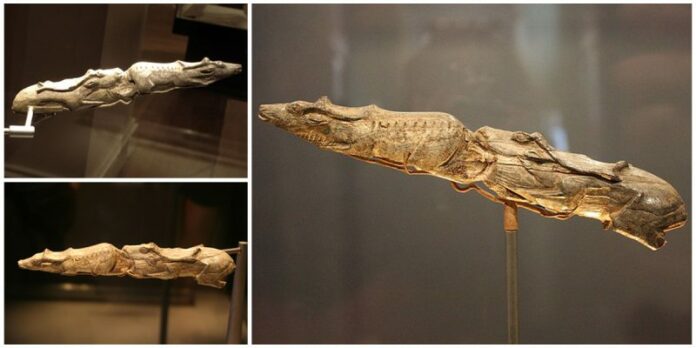
Art has always been a reflection of human imagination and creativity. Even the oldest art pieces can mesmerize us with their beauty and intricacy. One of the most remarkable examples of Ice Age art is the “Swimming Reindeer,” a stunning carving that dates back approximately 13,000 years. This ancient masterpiece not only showcases the artistic capabilities of our distant ancestors but also provides a glimpse into the lives and environments of prehistoric humans.
The Timeless Beauty of Ice Age Art
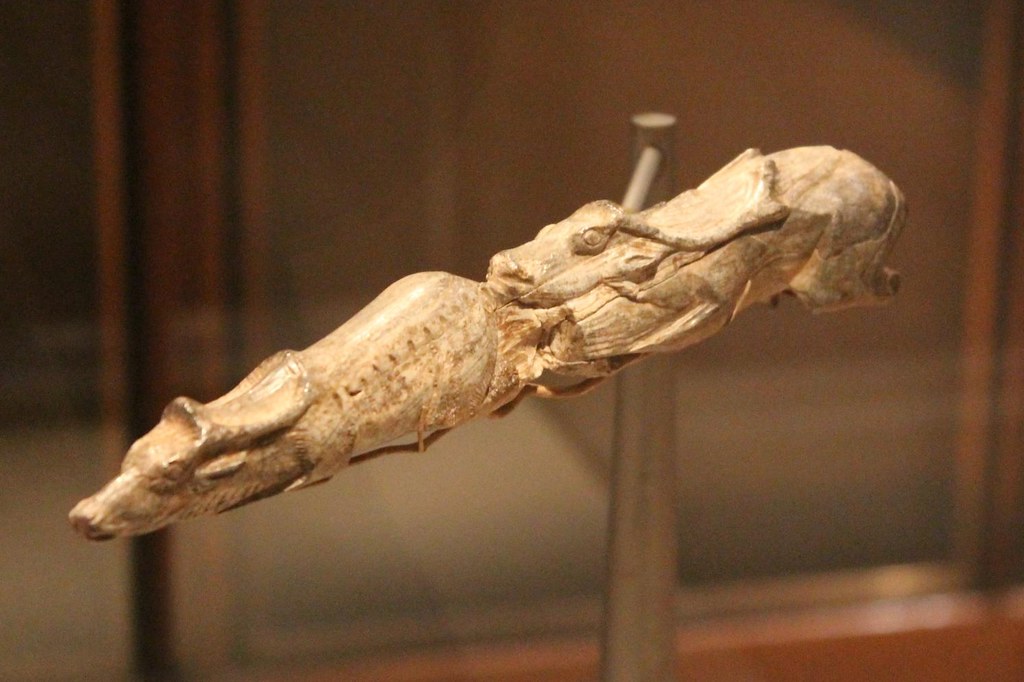
It is often said that the older the art, the more profound its impact. This certainly holds true for Ice Age art. Crafted by our distant ancestors as early as 40,000 years ago, these artistic creations reveal a well-developed imagination and skill. One striking example is a 23,000-year-old abstract sculpture excavated in Lespugue, France. This sculpture captivated the legendary artist Pablo Picasso and influenced his 1930s sculpture work.
Discovering the Swimming Reindeer
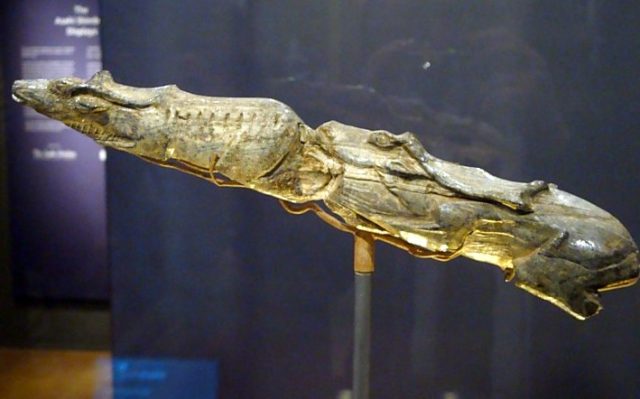
Among the most beautiful Ice Age art objects is the carving known as the Swimming Reindeer. This piece, carved from the tip of a mammoth tusk using stone tools, is polished and intricately engraved. Estimated to be around 13,000 years old, it is one of the oldest possessions of the British Museum and part of the museum’s Christy Collection.
The Swimming Reindeer was discovered in two pieces near the southern French village of Bruniquel by a French engineer named Peccedeu de l’Isle in 1866. Initially displayed in Paris, it was later purchased by the British Museum.
The Artistic Representation
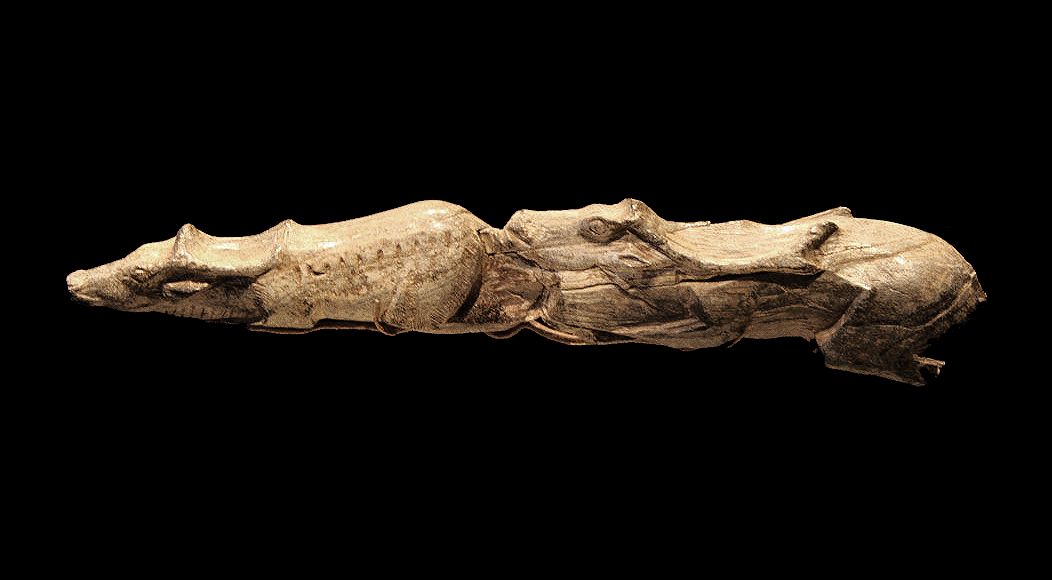
The Swimming Reindeer depicts a pair of reindeer that appear to be swimming. The intricate details suggest a deep connection between humans and the animals they coexisted with during the Ice Age. The carving indicates a well-developed sense of artistry and imagination among prehistoric humans.
It wasn’t until 1904, when French archaeologist Abbé Henri Breuil visited the British Museum, that it was realized the two separate parts fit together to form a single sculpture depicting a male and a female reindeer. The female, with slightly smaller antlers, leads the way while the male follows. Both are depicted with their legs stretched fully backward and lower jaws up, giving the impression of swimming. Experts believe the sculpture was likely created during the fall when reindeer migrated.
A Glimpse into Prehistoric Life
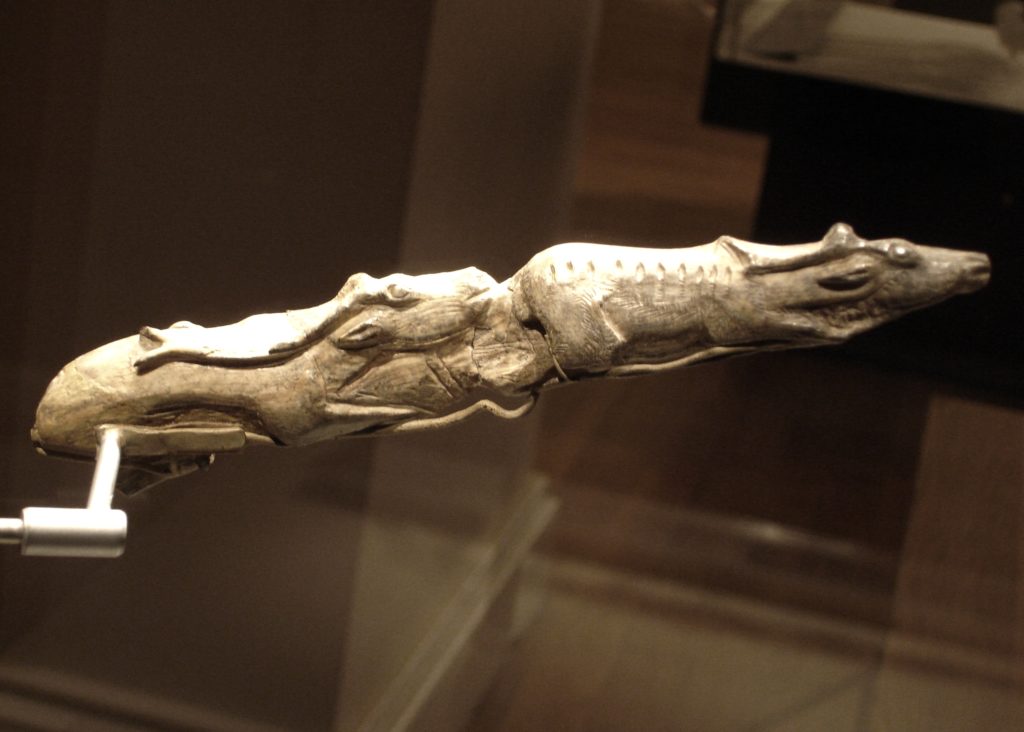
The Swimming Reindeer is not believed to have served a practical function. Instead, it represents the artistic expression of a community that lived in harmony with nature. Reindeer were crucial for survival, providing food, clothing, shelter, and blankets. Some historians suggest that such sculptures may indicate early forms of spirituality among human communities.
Alongside the Swimming Reindeer, another significant discovery was made: the Mammoth Spear, estimated to be around 12,500 years old. This artifact provides insight into ancient hunting practices and the time and effort our ancestors invested in decorating their weapons.
Conclusion
The 13,000-year-old Swimming Reindeer is a testament to the artistic prowess and imaginative spirit of our Ice Age ancestors. This exquisite carving not only captivates us with its beauty but also offers a window into the prehistoric world, highlighting the deep connection between humans and nature. As we marvel at this ancient masterpiece, we gain a greater appreciation for the rich cultural heritage that has shaped human history.
Video
News
The Hanging Temple: China’s 1,500-Year-Old Cliffside Marvel of Faith and Engineering
The Hanging Temple: China’s 1,500-Year-Old Cliffside Marvel of Faith and Engineering Perched precariously on the cliffs of Mount Heng in Shanxi Province, China, the Hanging Temple, also known as Xuankong Temple, Hengshan Hanging Temple, or Hanging Monastery, is an architectural…
The Willendorf Venus: A 30,000-Year-Old Masterpiece Reveals Astonishing Secrets
The Willendorf Venus: A 30,000-Year-Old Masterpiece Reveals Astonishing Secrets The “Willendorf Venus” stands as one of the most revered archaeological treasures from the Upper Paleolithic era. Discovered in 1908 by scientist Johann Veran near Willendorf, Austria, this small yet profound…
Unveiling the Maya: Hallucinogens and Rituals Beneath the Yucatán Ball Courts
Unveiling the Maya: Hallucinogens and Rituals Beneath the Yucatán Ball Courts New archaeological research has uncovered intriguing insights into the ritual practices of the ancient Maya civilization. The focus of this study is a ceremonial offering found beneath the sediment…
Uncovering the Oldest Agricultural Machine: The Threshing Sledge’s Neolithic Origins
Uncovering the Oldest Agricultural Machine: The Threshing Sledge’s Neolithic Origins The history of agricultural innovation is a fascinating journey that spans thousands of years, and one of the earliest known agricultural machines is the threshing sledge. Recently, a groundbreaking study…
Nara’s Ancient Sword: A 1,600-Year-Old Protector Against Evil Spirits
Nara’s Ancient Sword: A 1,600-Year-Old Protector Against Evil Spirits In a remarkable discovery that has captured the attention of archaeologists and historians alike, a 7.5-foot-long iron sword was unearthed from a 1,600-year-old burial mound in Nara, Japan. This oversized weapon,…
The Inflatable Plane, Dropped Behind the Lines for Downed Pilots
Experimental The Inflatable Plane, Dropped Behind the Lines for Downed Pilots The Inflatoplane from Goodyear was an unconventional aircraft developed by the Goodyear Aircraft Company, a branch of the renowned Goodyear Tire and Rubber Company, also famed for the Goodyear…
End of content
No more pages to load











